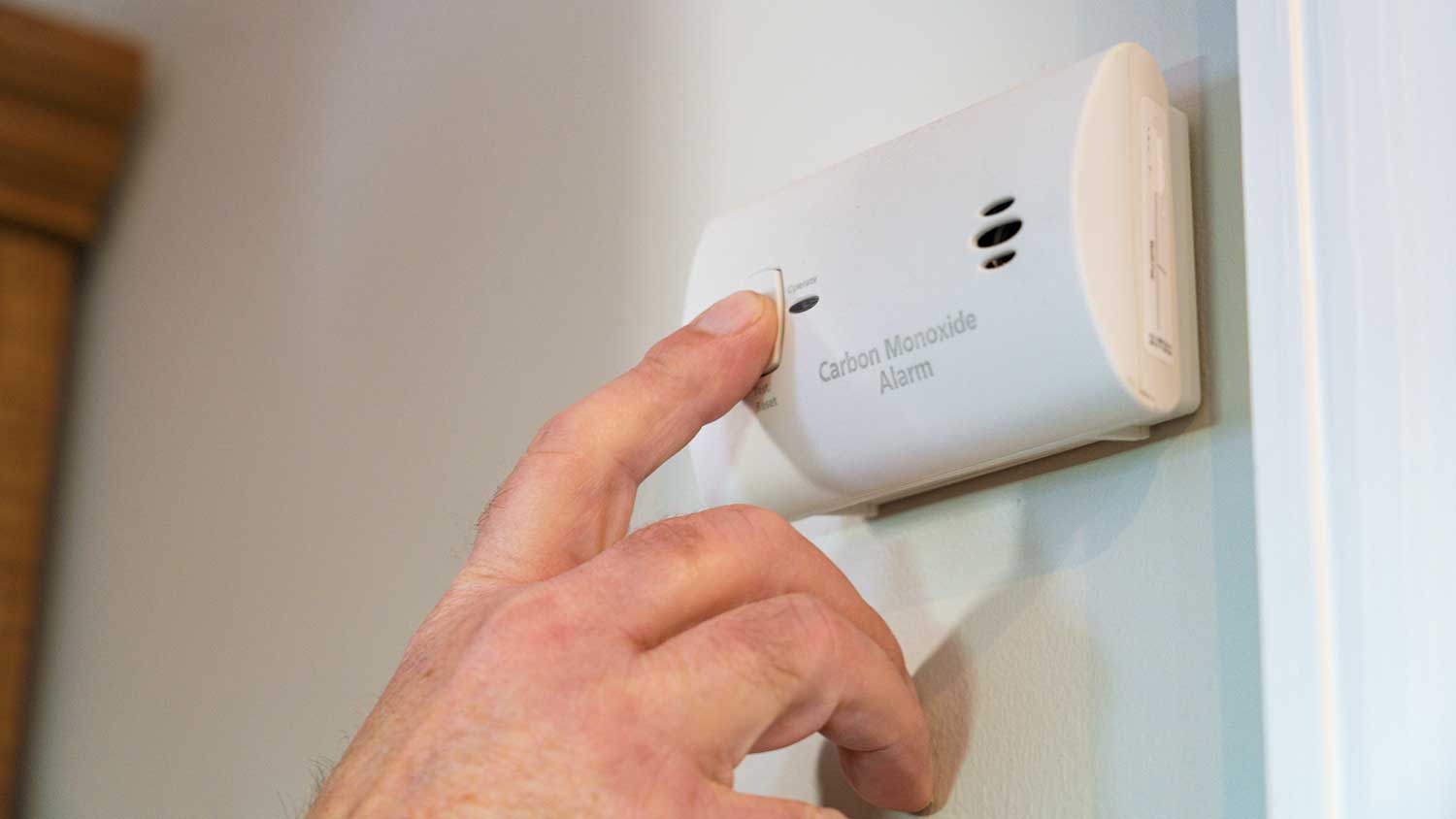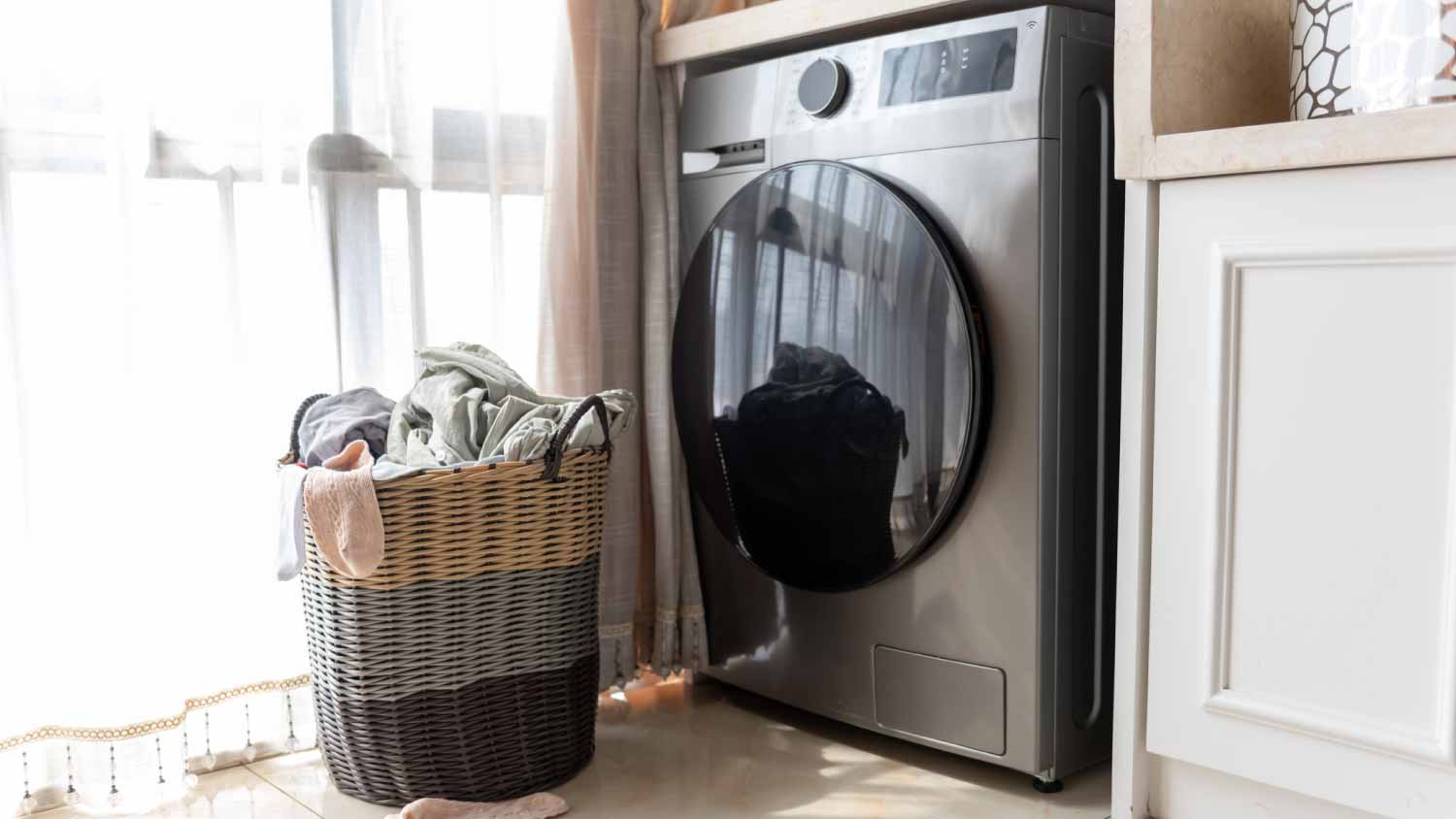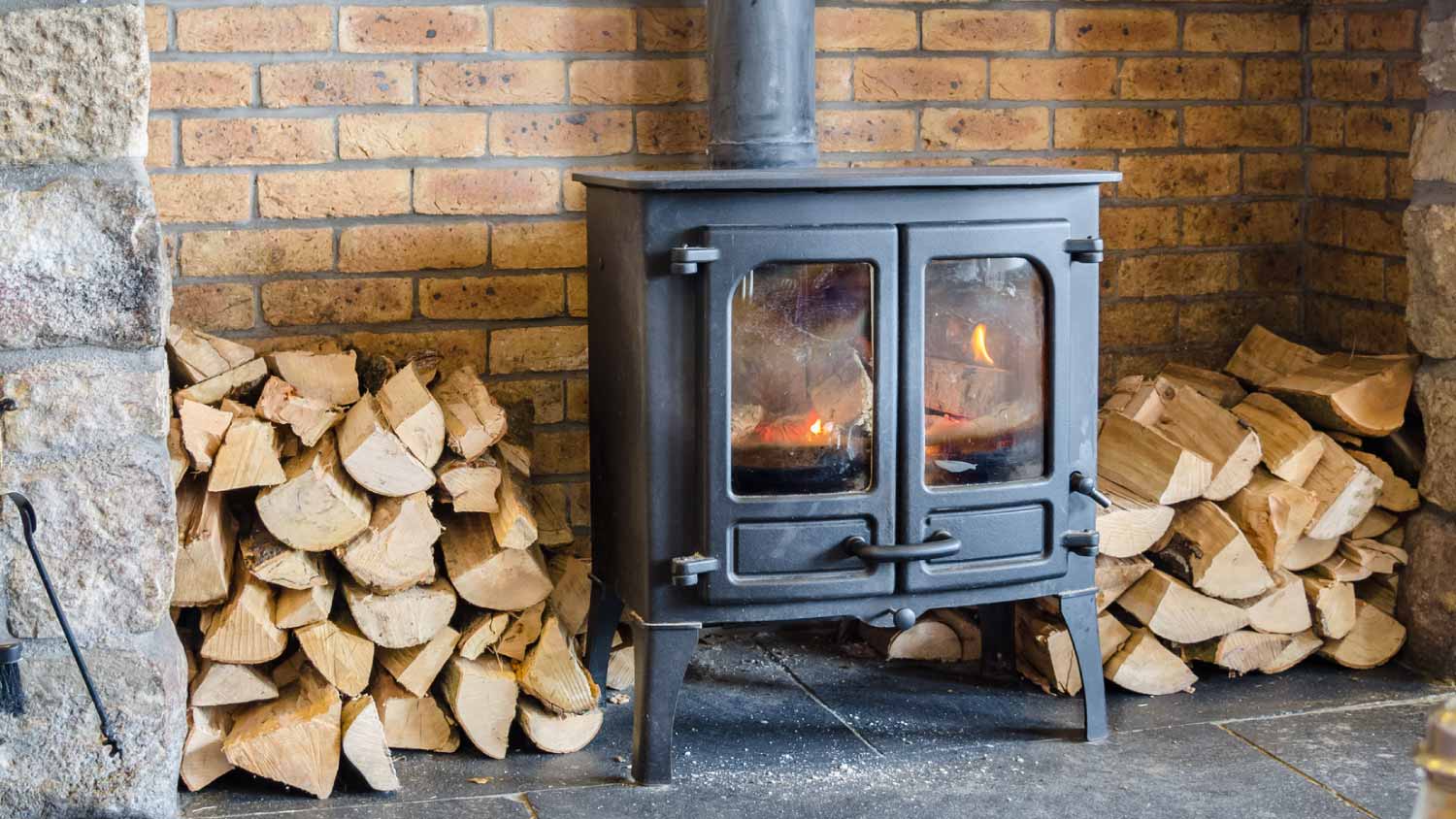Are Pellet Stoves Safe? Yes, If You Follow These Steps
A safe stove = soothing snuggles by the fire


Pellet stoves are safe when installed and maintained properly.
Improper pellet stove care can result in smoke damage, indoor air pollution, health and breathing problems, or a house fire.
If you notice new coughing, shortness of breath, and chest pain, get your pellet stove inspected.
Hiring a professional wood stove company to install a pellet stove is the best defense against unsafe stoves.
Are pellet stoves safe? These alternative heating sources are powered by burning wood, so it makes sense that you might worry about safety. After all, whenever there’s combustion, there’s a chance of fire. However, pellet stoves are perfectly safe when you install them properly, have them inspected, and keep up with regular maintenance. Here’s what you need to know about keeping your pellet stove safe.
Pellet Stove Potential Hazards
Pellet stoves burn small nuggets of compressed wood and distribute the heat through convection, making them a much tidier way of heating your home than a traditional wood-burning stove.
In your stove, an auger feeds the pellet fuel from the hopper into the combustion chamber, where it’s burned. The small amount of ash that it produces is deposited into a drawer for easy removal. A blower pulls cool air across the heat exchanger and then distributes it throughout the room.
Pellet stoves have a number of safety features, including limit switches, thermocouples, and temperature probes, to keep your home safer while you enjoy a toasty fire. But there are still risks, especially with poorly maintained pellet stoves. Without regular and thorough maintenance, pellet stoves can do the following:
Fires
Smoldering ash
Air pollutants
Carbon monoxide leaks
Contaminant buildup
Smoke damage
However, proper installation and regular maintenance massively decrease these risks.
Symptoms of an Unsafe Pellet Stove
When a pellet stove causes poor air quality, it can lead to health complications in addition to hazards inside your home. Unsafe pellet stoves can put out dangerous levels of carbon monoxide and pollutants, which could lead to an increased risk of lung cancer, according to a study published by the National Library of Medicine.
In addition to making a call to your doctor, you may want to check on your pellet stove to be sure it’s clean and functioning properly if you’re experiencing the following physical symptoms:
Coughing
Wheezing
Irritation
Shortness of breath
Asthma attacks
Bronchitis
Chest pain
Changes in your heartbeat
How to Safely Install a Pellet Stove
Pellet stove safety begins at installation. You should hire professional licensed or certified technicians to install pellet stoves to ensure the installation is done to code and that all safety measures are in place. Poor installation could cause leaks, a pellet stove fire, a faulty exhaust, and extra particulate matter in the air, which can lead to carbon monoxide poisoning, smoke damage, and negative health impacts.
Here’s how to install a pellet stove safely:
Use a fireproof hearth or pad underneath the stove to prevent combustible flooring materials, such as wood or carpet, from catching fire.
Vent the stove to the outside, either through the wall (most common) or ceiling, according to local code. For insert installations, you’ll vent through the existing chimney.
You’ll also need to install a return vent for fresh-air intake.
All pipes and vents must be properly insulated and capped.
Connect the stove to a dedicated electrical circuit. Installing a new dedicated electrical circuit costs $700 on average.
Safety Tips for Pellet Stoves

Pellet stoves have their pros and cons, but they are safe and reliable when you keep up with their maintenance. Here are some safety tips for proper pellet stove maintenance:
Install carbon monoxide alarms on every level of your home, in central locations, and outside bedrooms. Check all of your carbon monoxide detectors every month, and replace the batteries on a set schedule according to the manufacturer’s instructions.
Always install a carbon monoxide detector nearby and ensure the batteries are full and replaced regularly.
Clean the burn pot regularly according to the manufacturer’s instructions.
Remove the ashes regularly (but only after ensuring they’re completely cooled).
Use an ash vacuum to clean any remaining traces of ash.
Remove buildup from the glass front using a clean cloth.
Clean the blower motor and fan monthly.
Inspect the gaskets for residue and make sure they are in good condition.
Once a year, completely unplug or disconnect the stove to perform a thorough cleaning, including lubricating the blower and auger motor and cleaning the chimney or vent.
When to Hire a Pro
A local pellet stove company can perform a safe installation of your new pellet stove and ensure the stove is connected and vented properly. They can even help you optimize your system and its placement for the most efficient heating and distribution. A wood stove pro can also show you how to light a pellet stove and perform the initial system setup.
Once a year, you should hire a pro to test for emissions and perform an inspection to ensure that your pellet stove is in proper working order.
Frequently Asked Questions
Pellet stoves burn compressed wood byproducts, making them very efficient and clean-burning. However, even efficient combustion still produces fine dust particles, which could have an effect on the health of vulnerable people in your household, such as infants and people with asthma. A wood stove pro can help determine whether the levels in your home are unsafe.
Pellet stoves are safer than wood stoves in many ways. They don’t produce as many creosote deposits as wood stoves do, they create less smoke, and the flames are contained, decreasing the risk of any sparks or embers creating a house fire. Pellet stoves also burn more cleanly and efficiently than wood stoves do.



.jpg?impolicy=leadImage)

- Appliance Repair Companies
- Washing Machine Repair
- Dryer Repair
- Refrigerator Repair
- Dishwasher Repair
- Oven Repair
- Wood & Pellet Stove Repair
- Freezer Repair Services
- Wood Stove Services
- Gas Stove Repair
- Emergency Appliance Repair Companies
- Ice Maker Repair
- Gas Appliance Repair
- GE Appliance Repair
- GE Refrigerator Repair
- GE Dryer Repair
- GE Dishwasher Repair
- GE Washing Machine Repair
- Samsung Appliance Repair
- Samsung Refrigerator Repair
- Samsung Dryer Repair
- Samsung Washer Repair
- Samsung Dishwasher Repair
- Samsung Oven Repair
- Whirlpool Repair
- Whirlpool Refrigerator Repair
- Whirlpool Washer Repair
- Whirlpool Dryer Repair
- Whirlpool Oven Repair
- Maytag Appliance Repair
- Maytag Refrigerator Repair
- Maytag Washer Repair
- Maytag Dryer Repair
- Maytag Dishwasher Repair
- Kitchenaid Appliance Repair
- Kitchenaid Oven Repair
- Kitchenaid Refrigerator Repair
- Kenmore Appliance Repair
- Kenmore Dishwasher Repair
- Kenmore Washer Repair
- Kenmore Dryer Repair
- LG Refrigerator Repair
- Bosch Appliance Repair
- Kenmore Refrigerator Repair
- LG Appliance Repair Services
- GE Microwave Repair
- Electrolux Appliance Repair
- Electrolux Washer Repair
- Kitchenaid Dishwasher Repair Services
- Wood Stove Inspection
- Dishwasher Installation
- Trash Compactor Repair
- Pellet Stove Installation: Who to Hire to Heat Up Your Home
- Pellet Stove vs. Wood Stove: What’s the Difference?
- What Is a Pellet Stove? Your Ultimate Guide to Efficient Home Heating
- Do Pellet Stoves Need a Chimney?
- How to Install a Pellet Stove: Freestanding, Wall-Mounted, and Insert
- Troubleshooting 10 Common Pellet Stove Problems
- Pellet Stove vs. Propane Fireplace: What’s the Better Heating Option for Your Home?
- 9 Reasons Your Pellet Stove Is Not Igniting
- Do Pellet Stoves Need Electricity and Can You Operate Them During a Power Outage?
- Everything You Need to Know About the Different Parts of a Pellet Stove











